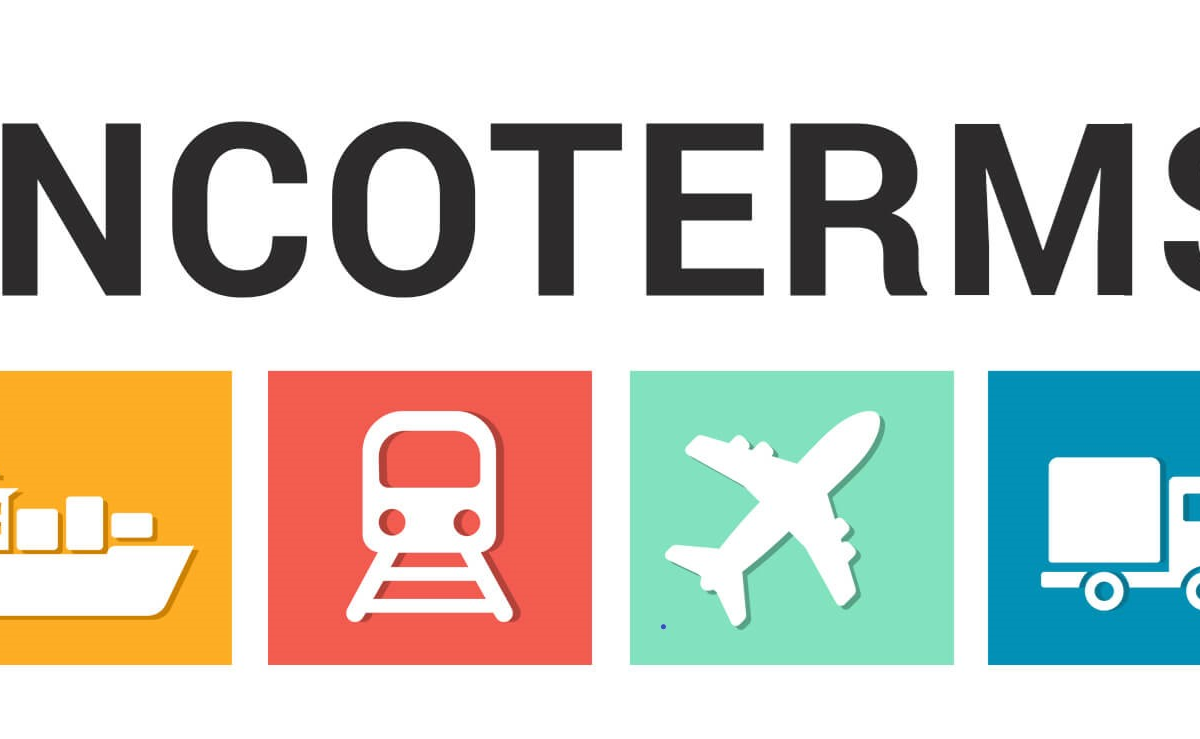
The trade tensions between the United States and China, the world’s two largest economies, continue to reshape global markets and trade dynamics. At the heart of this conflict are tariffs, taxes on imported goods that both nations have imposed on each other’s exports. The impacts of these policies are far-reaching, affecting businesses, workers, and consumers on a global scale.
The Economic Toll
In China, businesses that rely on US consumers are feeling the weight of these tariffs. Factories across the country have seen their products pile up as exports slow. Workers in sectors like textiles, footwear, and electronics face decreased wages and reduced opportunities. Many who once earned stable incomes now struggle to make ends meet.
While China attempts to pivot to its domestic market, challenges persist. The country’s middle class, burdened by declining property values, has been saving rather than spending, limiting economic stimulation. For an export-driven economy, which accounts for a significant portion of China’s growth, these developments pose serious challenges.
On the other side, American consumers are also feeling the pinch. Everyday goods like home appliances and electronics have become more expensive due to tariffs, making it difficult for businesses to absorb the added costs without passing them onto buyers. Economists warn that prolonged trade tensions could push the US closer to a recession.
Adapting to New Realities
At events like the Canton Fair in Guangzhou, businesses are exploring strategies to adapt to these new trade dynamics. Some companies are looking to expand into alternative markets, including Europe, Russia, and Saudi Arabia. Others are doubling down on domestic sales, leveraging China’s population of 1.4 billion to weather the storm.
Meanwhile, the trade war has prompted some manufacturers to move operations to countries like Vietnam, where labor costs are lower. These shifts highlight the interconnectedness of global supply chains and the adaptability of businesses under pressure.
Steps Toward Resolution
Amidst the challenges, experts suggest several strategies to ease tensions and find solutions:
- Bilateral Dialogues: Establishing regular communication channels could help both sides prevent misunderstandings and explore common ground through high-level talks.
- Tariff Reductions: Gradual reductions or eliminations of certain tariffs could ease the financial burden on businesses and consumers, promoting mutual trade benefits.
- Joint Economic Initiatives: Collaborative projects in areas like clean energy or technology could foster trust and yield shared benefits.
- Transparent Policies: Clear and open trade regulations can reduce conflicts and enhance mutual understanding.
- Cultural Exchanges: Promoting exchanges in education, business, and culture could strengthen goodwill and reduce tensions.
- Engaging Multilateral Organizations: Platforms like the World Trade Organization (WTO) could offer structured avenues for resolving disputes under established international rules.
- Addressing Intellectual Property Concerns: Protecting intellectual property rights may alleviate one of the US’s primary concerns and improve trade relations.
- Innovation and Competition: Both nations could channel efforts into innovation, fostering healthy competition rather than destructive trade practices.
The Path Ahead
As both the US and China hold firm in their positions, the road to resolution remains uncertain. However, history suggests that dialogue, cooperation, and mutual understanding can pave the way toward a more stable and prosperous global trade environment. For now, businesses, workers, and policymakers must navigate the complexities of an evolving economic landscape. At TradeFlex Group, we are dedicated to helping our clients navigate through these challenges with confidence and clarity. Through tailored guidance and our comprehensive suite of services, we ensure they can make informed decisions and implement effective solutions. By standing alongside our clients every step of the way, we aim to transform obstacles into opportunities for growth and success.



